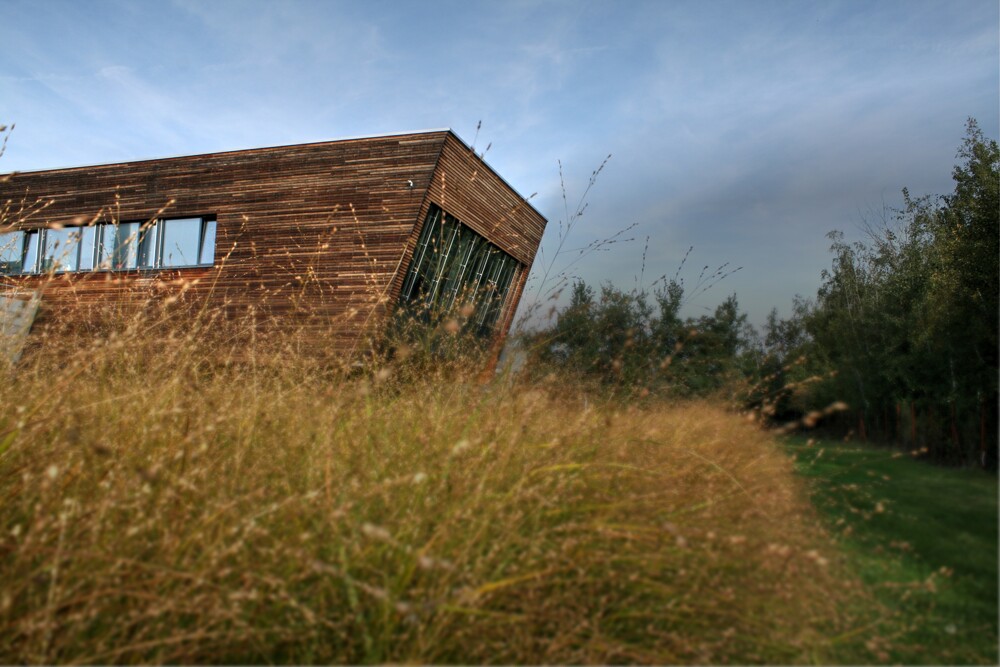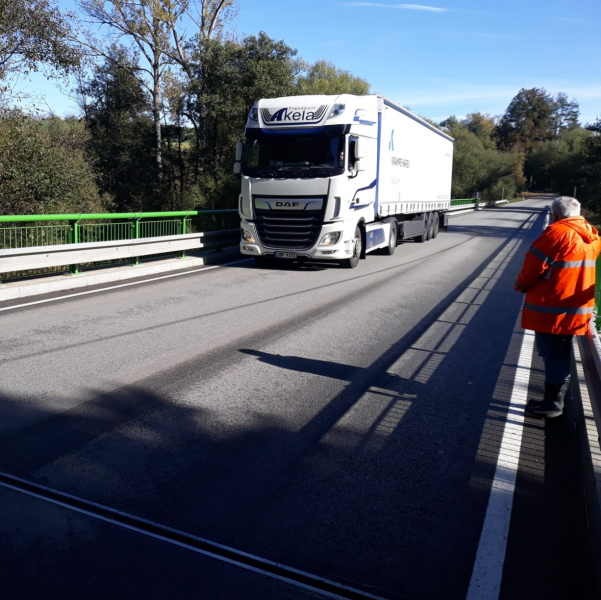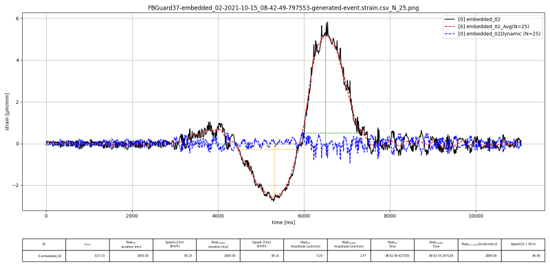

The University Centre for Energy Efficient Buildings of the Czech Technical University participated in a pilot project with the aim of verifying the possibility of monitoring the condition of the new bridge in the village of Staré Hobzí using sensors placed directly into the structure during concreting. The system is also able to continuously record traffic loads.
In recent years, increased emphasis has been placed in Europe on monitoring the condition of bridge structures. Many of them were built in the post-World War II period and are now reaching the end of their useful lives. In recent years, this topic came into public discussion, especially after the tragic collapse of a bridge in Genoa.
If the sensor system becomes part of the bridge structure already during its implementation, it is possible to use the data provided not only for continuous diagnosis of the structure, but also for other functions that can help estimate the traffic load on the bridge. At the same time, the bridge's own reinforced concrete structure protects the sensor system from vandalism and the direct effects of the outdoor environment.
The new construction of the bridge in Staré Hobzí was chosen for the pilot project, in which, in addition to CTU UCEEB, the Transport Research Centre, v. v. i., Brno University of Technology and CAMEA participated. FBG (Fiber Bragg Grating) sensors were placed in the bridge structure during its concreting, with the help of which it is possible to determine the relative strain, or stress in defined points of the reinforced concrete bridge structure.
The primary goal of monitoring is monitoring long-term voltage changes and detecting dangerous conditions that may indicate a threat to the integrity of the entire bridge structure. However, the consequences of its aging and its possible disruption can be expected in a few years at the earliest, and in the meantime the sensory system would not have to be intensively used.
Therefore, the current research focused on monitoring immediate data from sensors in order to determine the traffic load on the bridge structure, when using the same integrated system it is possible to determine the number of passing vehicles and estimate some of their parameters, such as direction, speed, weight, or the number of axles.
Data from optical FBG sensors are collected using the FBGuard measurement unit from Safibra. In addition to the optical sensors,
a high-speed weighing system (WIM) from CAMEA is installed on the bridge as a source of reference data. The road tests that
took place during the month of October proved the functionality of the system and the possibilities of its use.

Processed signal of an integrated fiber optic sensor caused by a passing truck.
The research was financially supported by TA ČR Transport 2020+ within the project CK02000126 System for diagnosing the condition and protection of bridge structures using WIM.